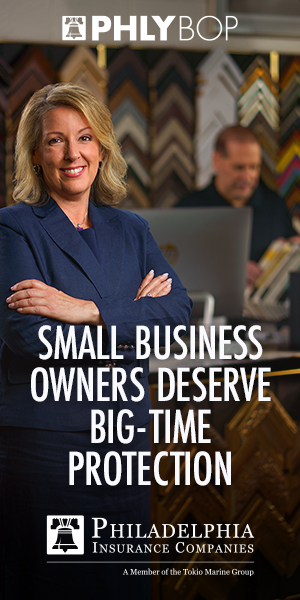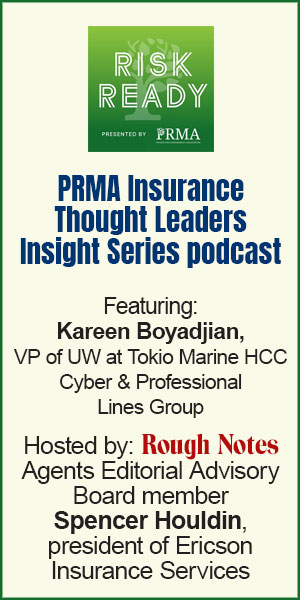It’s generally a pretty stable line,
but here comes artificial intelligence
By Joseph S. Harrington, CPCU
If the market for professional liability insurance were a body of water, you could say it was one of strong currents but few tempests.
From time to time, new or intensified sources of liability claims permanently remake the underwriting environment for a professional line, as happened when medical professional claims soared in the 1980s.
The effects of such enduring shifts are tempered by a relative lack of sudden, widespread loss events analogous to weather catastrophes in property insurance and mass torts in general liability. The collapse of Enron Corporation at the end of 2001 was an example of an event that brought widespread attention to accountants’ liability, but such events are rare.
It’s not surprising, then, that Jeff Kulikowski, executive vice president and cyber/professional liability lead at Westfield Specialty finds the professional liability insurance market to be “healthy and robust” as a whole in 2025. That said, he adds that “it’s hard to assess the whole market without considering the individual product lines that make it up.
“Whether its legal or medical professional liability, architects and engineers, accountants, contractors, or other professions, each of these lines represents enough premium and opportunities to have their own underwriting, rate, and capacity trends,” he says.
For example, he finds lawyers liability premium rates to be “pretty close to an all-time high,” while medical professional rates are increasing at a much slower rate. “Each of these lines is less volatile than in the past and has rates and capacity just high enough to sustain its performance without allowing rates to fall quickly. In other lines, this isn’t the case.”
Softest in decades?
Kulikowski hopes the pattern will hold. “One problem the industry faces is discipline,” he says. “Growth for growth’s sake is not conducive to long-term profitability. Those with experience know that a slow-to-medium growth trend is much better for overall profitability than trying to buy out a market.”
“Hard” and “soft” are subjective qualities, and what Kulikowski sees as a “healthy and robust” professional liability market is characterized as “one of the softest markets in 25 years” by Jude Sedliak, senior vice president of Berkley Service Professionals.
“There is high capacity, with many new managing general agents (MGAs) entering the space,” he says. “This influx is driving prices down, with some discounts reaching 40% to 60% compared to traditional rating.”
In response, Berkley Service Professionals is “maintaining a disciplined stance against excessive underwriting credits,” he explains. “Our focus is on balancing competitive pricing with a commitment to underwriting integrity, ensuring our long-term sustainability while taking advantage of current opportunities.”
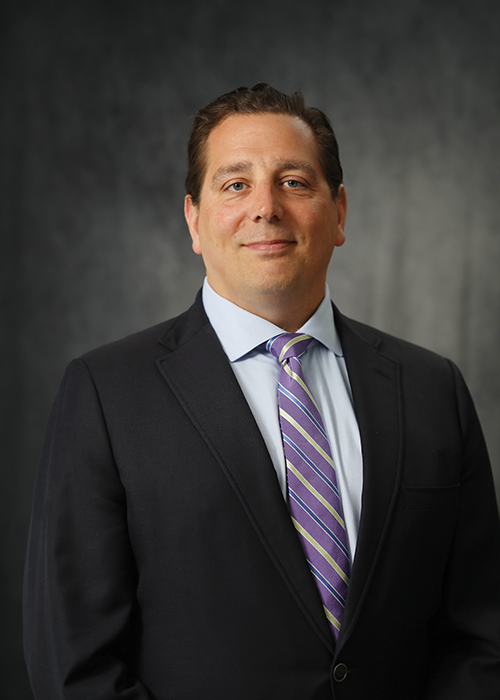
“Most of the time it’s hard to remove AI exposure from professional services coverage because the AI is ingrained within those services.”
—Jeff Kulikowski
Executive Vice President
and Cyber/Professional
Liability Lead
Westfield Specialty
Line challenges
For architects and engineers (A&E), the factors driving up costs of construction are having an impact on professional liability claims and rates for coverage.
According to Kevin Collins, A&E practice leader for Victor Insurance, labor and materials costs have stabilized somewhat, but at significantly higher levels than before the COVID-19 pandemic and with the effects of tariff hikes still to be determined.
“Professional liability carriers are experiencing those impacts through higher settlements and overall severity on projects,” he says, adding that “we see this continuing for the foreseeable future.”
In turn, design professionals face increased underwriting scrutiny, higher rates, and difficulty obtaining needed limits of liability. “The ability to get $10 million in primary limits can be a challenge, even for firms listed in the Engineering News Record top 500,” Collins says. “For middle-market and small firms, getting
$5 million limits can be a challenge.”
“Subtle tightening”
Things are a bit better in the market for real estate errors and omissions (E&O) coverage, according to Collins’ colleague Steven Stecker, Victor’s real estate E&O program leader. The market remains competitive but is demonstrating “a subtle tightening,” in Stecker’s words, particularly for firms engaged in complex or high-value transactions.
Pricing has largely held steady on renewal books, he adds, although some are beginning to implement rate increases in specific areas—such as certain geographic regions, practice specialties, or firms with less favorable loss histories.
“Challenges are emerging on multiple fronts,” Stecker says. “Carriers face escalating litigation and claims costs, especially related to misrepresentation and disclosure. These trends are likely to prompt adjustments to pricing and coverage, particularly for programs that were overly aggressive in recent years.
“Meanwhile, new entrants continue to vie for market share, often competing aggressively on price to secure established business,” Stecker says. “The market for new business also remains competitive, with newer entrants and excess and surplus lines markets pushing rates downward, while established carriers respond with a more balanced approach to pricing.”
Real estate is the area of professional liability where practitioners are most exposed to the third-party litigation finance and “social inflation” that are driving up claims costs in auto and general liability insurance.
“The real estate sector is experiencing this trend, particularly among property managers,” says Sedliak. “Class action lawsuits alleging price fixing or excessive fees are increasing, and there have also been nuclear verdicts on bodily injury claims against property managers. We are responding by reducing coverage limits, increasing deductibles, and implementing sub-limits for class actions.”
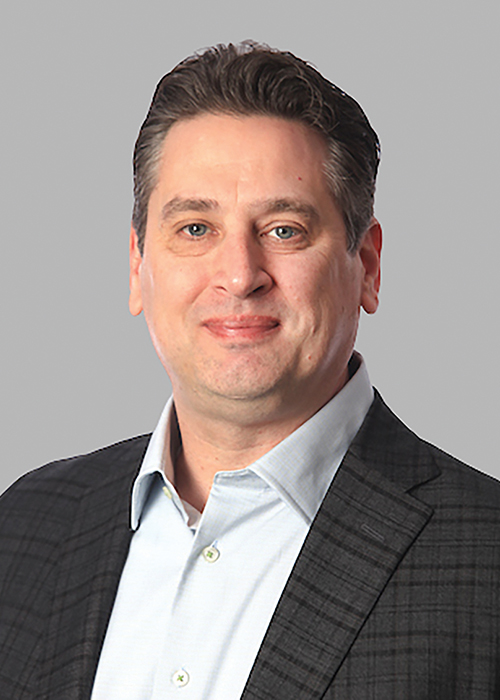
“The best opportunities in professional liability insurance are in difficult-to-place risks that require complex underwriting and tailored endorsements.”
—Jude Sedliak
Senior Vice President
Berkley Service Professionals
What AI portends
If anything could upend conditions in the professional liability market, it would be the rapid and widespread adoption of artificial intelligence (AI) by professions across the board. Depending on how AI is used, there will be questions about whether an act or omission was professional in nature or the failing of an automated application.
Kulikowski sums up the question as follows: “Is the insured using technology to perform a professional service? Or is the technology itself the professional service?”
The latter may be the case for a number of what Kulikowski calls “AI startups,” new firms organized for the purpose of exploiting AI capabilities, as opposed to firms that incorporate AI into their traditional work practices and procedures.
To illustrate by an example from insurance marketing, Kulikowski cites how third-party program administrators (TPAs) are implementing AI to help their clients monitor claims and assess their profitability. “Still, at the heart of it, it’s a TPA process,” he says. “I don’t think of a TPA as a technology company, even if it’s very advanced in using technology to perform its services.
“It’s up to underwriters to understand how insureds use AI, whether internally to handle level one help desk calls or check on expenses and payments, or whether AI is used to engage directly with clients in, say, first level claim support.”
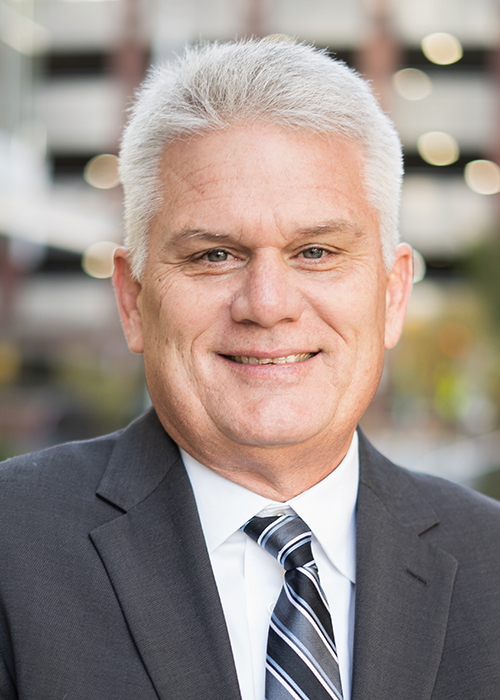
“Professional liability carriers are experiencing … impacts through higher settlements and overall severity on projects. We see this continuing for the foreseeable future.”
—Kevin Collins
A&E Practice Leader
Victor Insurance
Among the early claims Kulikowski is aware of involving AI are discrimination claims alleging that AI introduced illegal bias into screening algorithms and copyright/trademark claims when using AI to “scrape” data available online.
“Most of the time it’s hard to remove AI exposure from professional services coverage because the AI is ingrained within those services,” Kulikowski says. So far, what little action he has seen related to coverage forms has been attempts to limit or exclude coverage for AI applications unrelated to the covered professional services.
For his part, Collins finds that applications of AI in architecture and engineering is not yet so advanced as to warrant changes to A&E underwriting or coverage. “The use of generative AI may be new, but the risk mitigation strategies are not,” he says. “Design professionals are still responsible for designs and documentation produced for their clients.”
Artificial intelligence is rapidly becoming a major tool of real estate marketing, according to Stecker, as AI is adept at producing customized sales materials and facilitating virtual tours of properties.
“AI tools are quickly becoming essential components of daily business practices,” he says. “As their adoption accelerates, so too do legal considerations. We expect carriers to start adopting specific exclusions or sub-limiting coverage for losses arising from AI-generated content, such as AI-driven property valuations.”
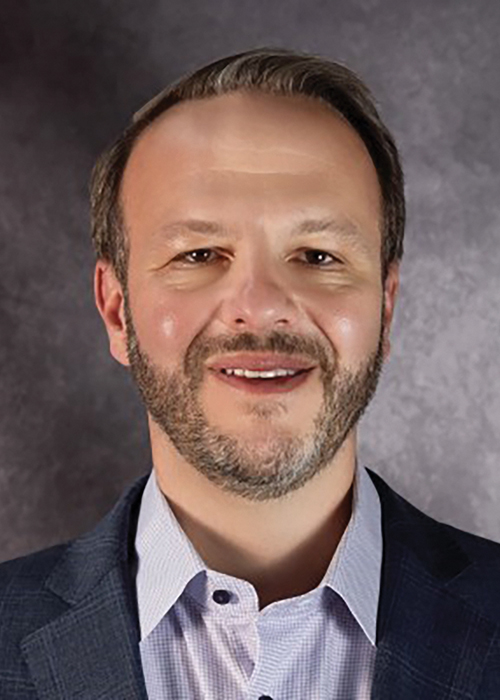
“AI tools are quickly becoming essential components of daily business practices. As their adoption accelerates, so too do legal considerations.”
—Steven Stecker
Real Estate E&O Program Leader
Victor Insurance
Providing value
With all that is new in professional liability insurance, some things never change, in particular the need for knowledgeable, experienced brokers who can match the aptitude of and meet the needs of their highly educated clients.
“These products are complex,” says Kulikowski. “Professional liability has a long history and there’s a bigger learning curve here than with other products.
“The demand for talent, whether it’s brokers or underwriters, drastically outpaces the supply,” he adds. “Attracting people into this business is difficult, but when they get into it, they love it.”
On the customer side, buying patterns are changing, says Collins.
“In the past, the buyer was the business owner,” he says. “The purchase often involved one person and you always knew where you stood with the client. That changed some years ago to more of a board-like setting where a group of partners became central to a relationship.
“More recently, with merger and acquisition activity, the influx of private equity and turnover in the design business, the ability to manage new relationship dynamics is table stakes for a broker seeking business.
“The ability to adapt and create a relationship that works regardless of the ownership is a must today and going forward.”
Speaking of the “supply side” for professional liability insurance, Stecker says that “the greatest opportunity for brokers lies in partnering with carriers that boast a robust appetite for risk and a proven track record of stability. Carriers that prioritize product innovation will be positioned to support brokers in delivering best-in-class solutions.”
As for the “demand side,” Sedliak says: “The best opportunities in professional liability insurance are in difficult-to-place risks that require complex underwriting and tailored endorsements. The main challenges are achieving top-line growth in a soft market while maintaining underwriting discipline and reasonable pricing.”
For more information:
Berkley Service Professionals
berkleysp.com
Victor Insurance
victorinsurance.com
Westfield Specialty
westfieldspecialty.com
The author
Joseph S. Harrington, CPCU, is an independent business writer specializing in property and casualty insurance coverages and operations. For 21 years, Joe was the communications director for the American Association of Insurance Services (AAIS), a P&C advisory organization. Prior to that, Joe worked in journalism and as a reporter and editor in financial services.




